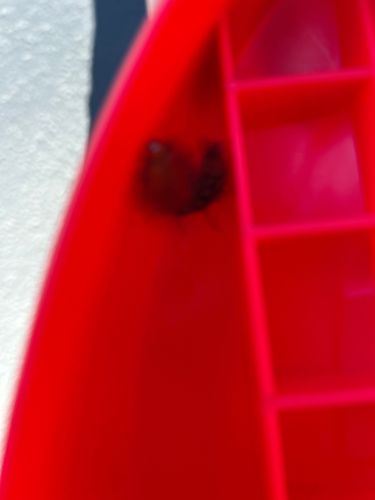Ladybug (or Ladybird beetle)
Scientific Name: Coccinellidae (family name, multiple genera and species exist, e.g., Hippodamia convergens, Harmonia axyridis)
Order & Family: Order: Coleoptera, Family: Coccinellidae
Size: Typically 0.8 mm to 10 mm (0.03 to 0.4 inches) in length.

Natural Habitat
Found in a variety of habitats including gardens, agricultural fields, meadows, forests, and urban areas wherever their prey is abundant, especially on plants infested with aphids.
Diet & Feeding
Primarily carnivorous, feeding on aphids, scale insects, mites, and other small, soft-bodied insects. Some species may also consume pollen or nectar.
Behavior Patterns
Ladybugs are known for their voracious appetite for aphids, mites, and other soft-bodied insects. They lay eggs on leaves near aphid colonies, and the larvae, which resemble tiny alligators, are also highly predatory. Ladybugs hibernate during winter, often congregating in large groups in sheltered locations.
Risks & Benefits
Ladybugs are highly beneficial insects for agriculture and gardening as natural pest control agents, reducing the need for chemical pesticides. They pose no significant risks to humans, although some species, like the Harlequin ladybug, can become a nuisance when they overwinter indoors.
Identified on: 8/31/2025